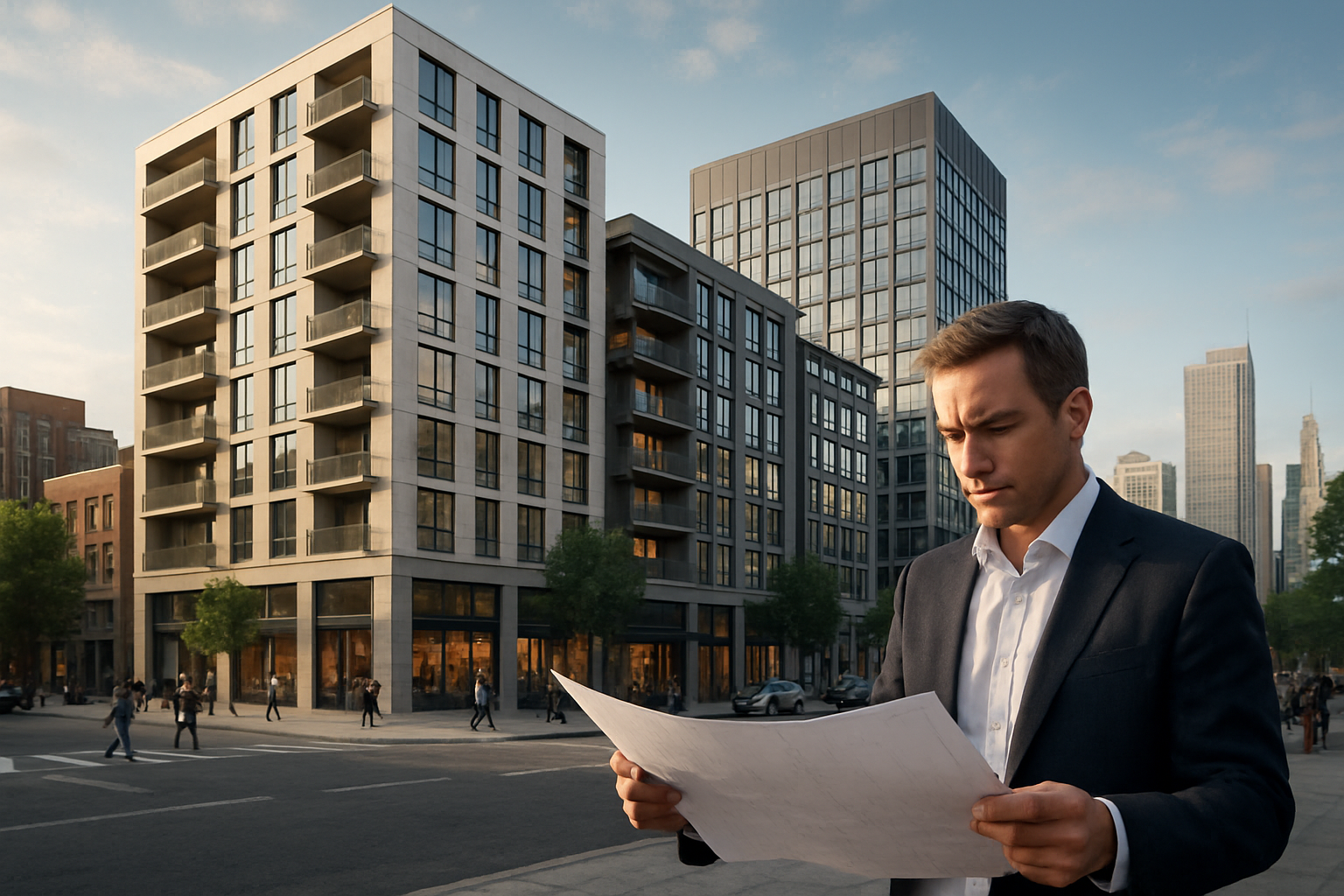Zoning Laws: Shaping Urban Development
In the intricate tapestry of urban planning, zoning laws stand as a cornerstone of community development. These regulations dictate how land can be used within a municipality, influencing everything from the height of buildings to the types of businesses allowed in specific areas. As cities evolve and face new challenges, zoning laws continue to play a crucial role in shaping the urban landscape and addressing societal needs.

Types of Zoning Classifications
Modern zoning ordinances typically divide land into various categories, each with specific permitted uses. Residential zones are designated for housing, while commercial zones allow for business activities. Industrial zones accommodate manufacturing and heavy industry, and mixed-use zones combine residential and commercial uses. Additionally, special purpose zones may be created for unique areas such as historic districts or waterfront developments.
The Comprehensive Plan
At the heart of zoning regulations lies the comprehensive plan, a document that outlines a community’s long-term vision for growth and development. This plan serves as a guide for zoning decisions, ensuring that land use regulations align with broader community goals. The comprehensive plan typically addresses issues such as housing, transportation, economic development, and environmental conservation, providing a holistic approach to urban planning.
Zoning’s Impact on Housing Affordability
One of the most contentious aspects of zoning laws is their influence on housing affordability. Critics argue that restrictive zoning, particularly in suburban areas, has contributed to housing shortages and inflated prices. Minimum lot sizes, density restrictions, and limitations on multi-family housing can effectively exclude lower-income residents from certain neighborhoods. In response, some cities have begun implementing inclusionary zoning policies, requiring developers to include a percentage of affordable units in new residential projects.
Environmental Considerations in Zoning
As climate change concerns grow, zoning laws are increasingly being used to promote environmental sustainability. Green zoning initiatives may include requirements for energy-efficient building designs, preservation of open spaces, and incentives for mixed-use developments that reduce reliance on automobiles. Some municipalities have also implemented overlay zones to protect environmentally sensitive areas or encourage the development of renewable energy infrastructure.
The Challenge of Adapting to New Realities
The COVID-19 pandemic has highlighted the need for flexibility in zoning regulations. As remote work becomes more prevalent and the demand for office space fluctuates, cities are reconsidering traditional zoning paradigms. Some municipalities are exploring ways to repurpose commercial spaces for residential use or to create more adaptable mixed-use environments. This shift underscores the ongoing challenge of balancing stability with the need to respond to changing societal needs.
Legal Challenges and Constitutional Considerations
Zoning laws have faced numerous legal challenges over the years, with courts grappling with issues of property rights and government authority. The landmark 1926 Supreme Court case Village of Euclid v. Ambler Realty Co. established the constitutionality of zoning ordinances, but subsequent cases have refined the limits of zoning power. Issues such as regulatory takings, exclusionary zoning, and religious land use continue to shape the legal landscape of zoning regulations.
The Future of Zoning: Smart Growth and Form-Based Codes
As urban planners seek to create more sustainable and livable communities, new approaches to zoning are emerging. Smart growth principles aim to combat urban sprawl by promoting compact, walkable neighborhoods with a mix of housing types and transportation options. Form-based codes, which focus on the physical form of buildings rather than specific uses, offer an alternative to traditional use-based zoning. These innovative approaches reflect a growing recognition of the need for more flexible and context-sensitive land use regulations.
In conclusion, zoning laws remain a powerful tool for shaping urban development, balancing competing interests, and addressing complex societal challenges. As cities continue to evolve, so too must the regulations that govern their growth. The future of zoning lies in finding creative solutions that promote equity, sustainability, and adaptability while preserving the unique character of communities.





